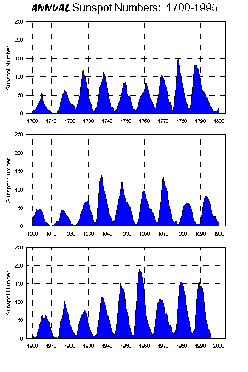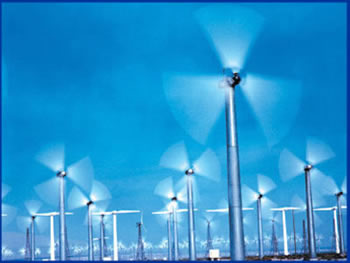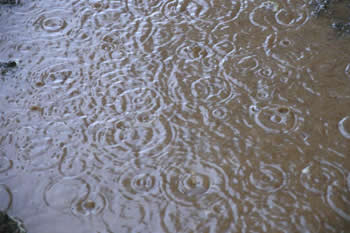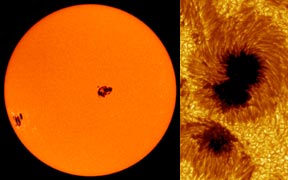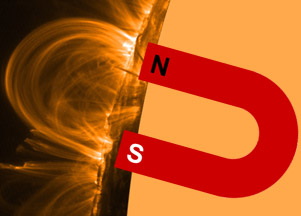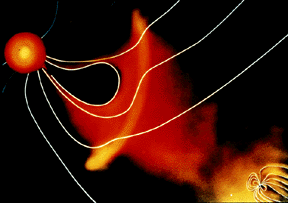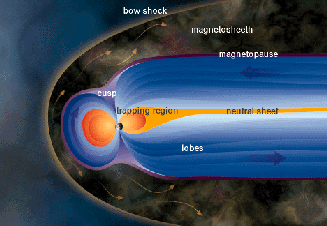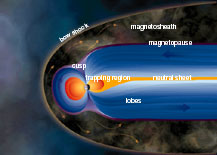Click on image for full size
Image courtesy NOAA/NGDC.
Metrics & Indices that Describe Space Weather
Scientists who study weather on Earth measure wind speed, rainfall amounts, and temperature. They use special terms, like dew point, relative humidity, and barometric pressure. Scientists who study space weather do the same sorts of things. They also use special terms and measure certain traits of the "weather" in space.
The first place to look when measuring space weather is the Sun. Sunspots are visible forms of active regions on the Sun. We have sunspot records over long time periods, so sunspot counts are an important metric for tracking activity levels on the Sun. Solar flares, gigantic explosions on the Sun, are classified using letters and numbers. X-class flares are the most powerful. Coronal Mass Ejections (CMEs) are a third type of solar phenomena for which scientists have developed classification schemes.
A second realm for which measures of space weather are needed is interplanetary space. The solar wind is characterized by its speed, particle density, pressure, and temperature. The interplanetary magnetic field (IMF) is described in terms of the magnitude of the magnetic force and the directions of the polarity of that field.
The third and region in which we need quantities that describe space weather phenomena is Earth and near-Earth space (geospace). Some measures describe the strength and orientation of Earth's magnetic field at various places on and near Earth. Other metrics relate to characteristics of Earth's atmosphere, especially the various layers of the ionosphere. A third set of metrics describe the flow of electrical currents in the upper atmosphere and the magnetosphere. Finally, indices that describe features of auroras round out the set of metrics needed to track space weather phenomena in geospace.


